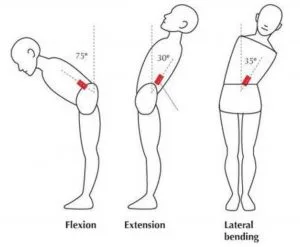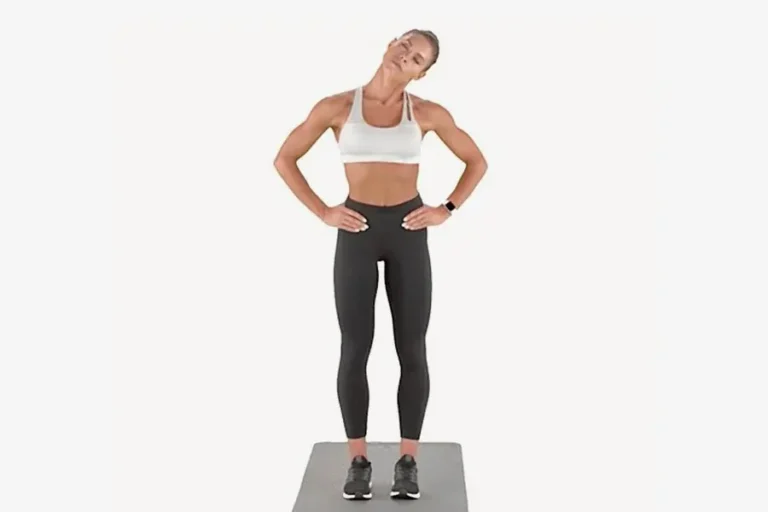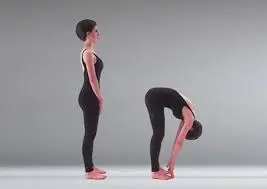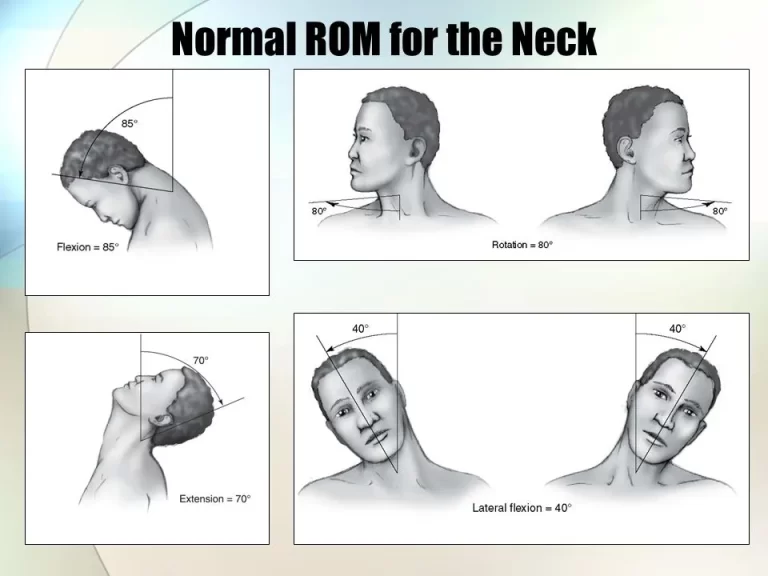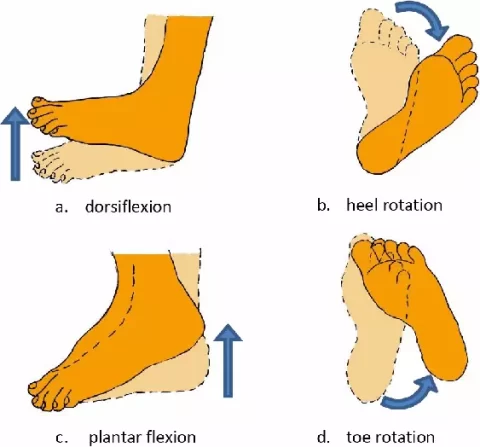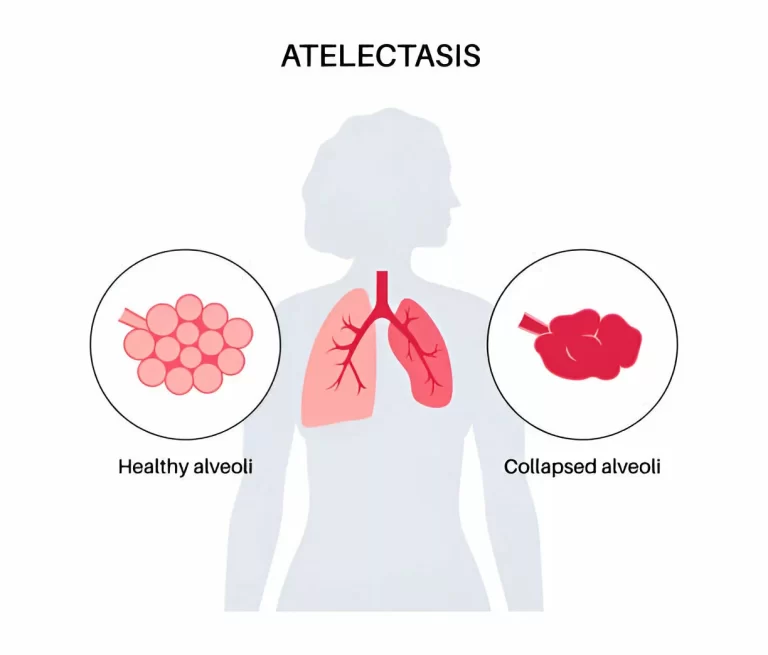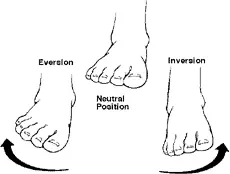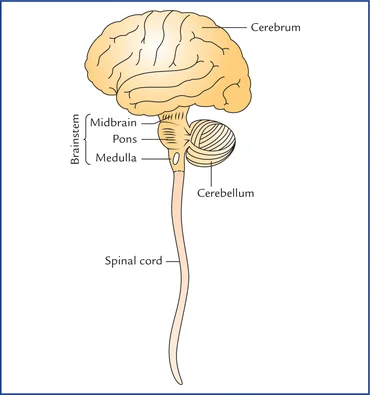Lumbar Extension
What is a Lumbar Extension? Lumbar extension is the bending backward of the spine, focusing on the lower back (lumbar) area. It often involves exercises that arch the back in a controlled manner to strengthen muscles, increase flexibility, and support the spine. It helps strengthen the lower back muscles, improve posture, and relieve pressure on…

